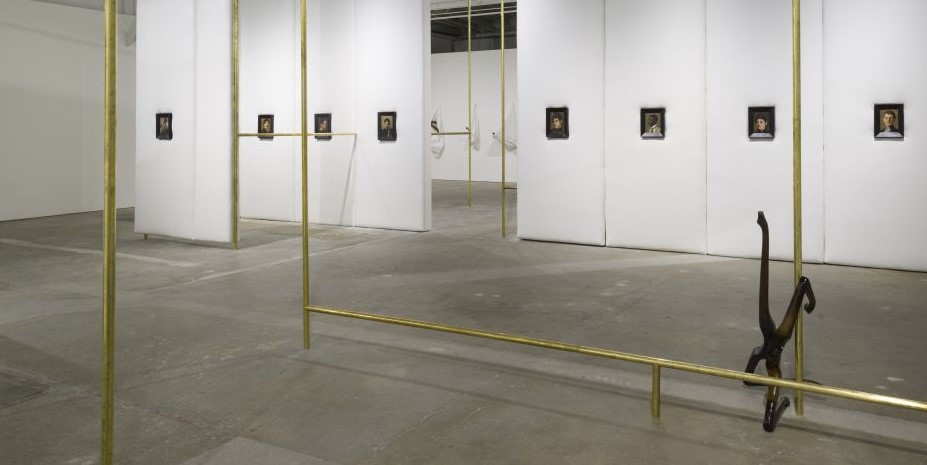
An institution should “sound” like something, or even like someone. Interview with Anthony Huberman.
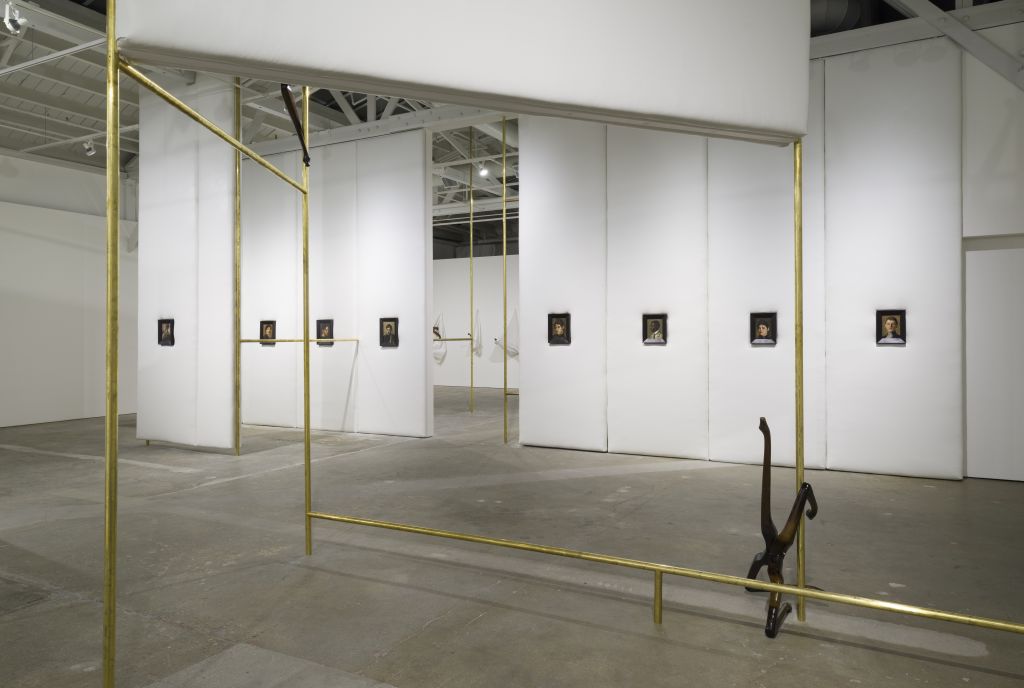
You have been at The Wattis Institute for some three years now. What are you working on now?
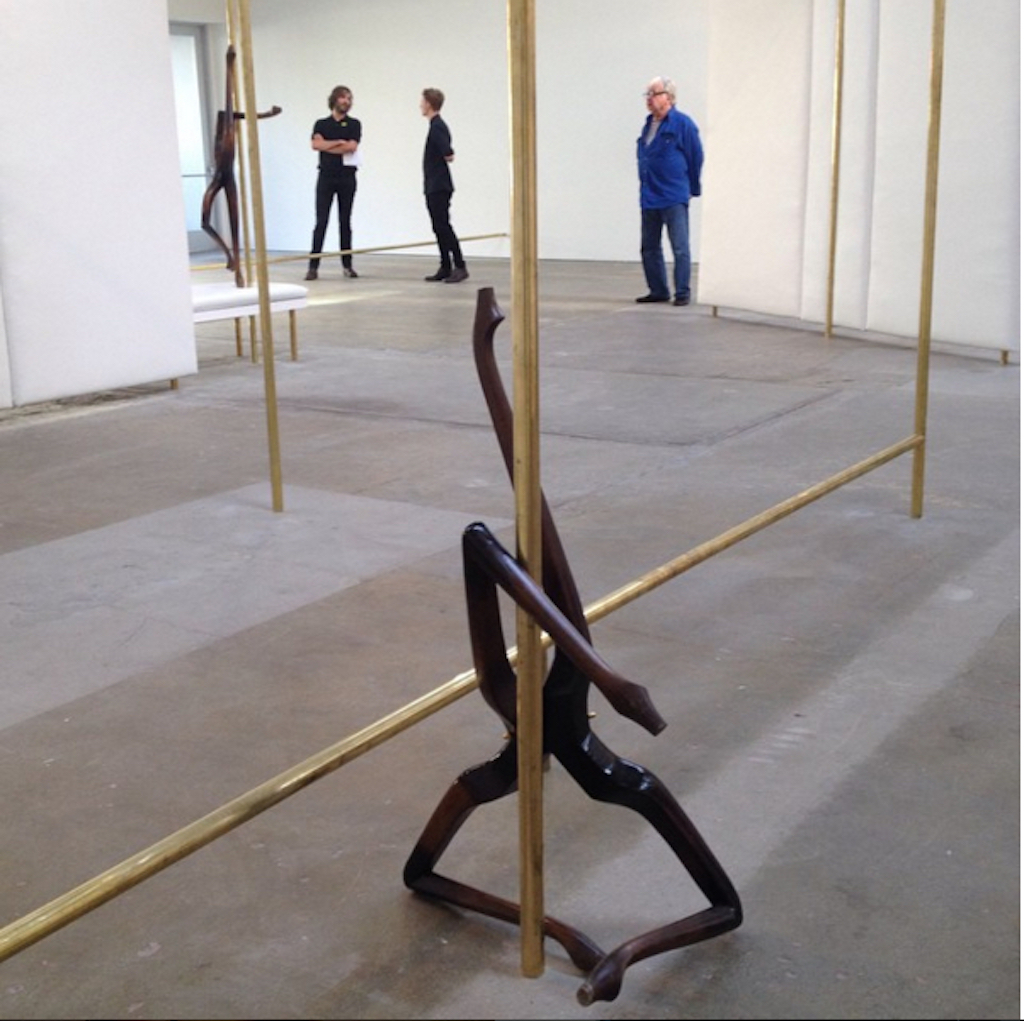
Yes, I got to the Wattis the summer of 2013 and it’s been a busy few years. We relaunched the institution in the fall of 2014 with a new program structure, a new curator (Jamie Stevens), a new design (David Reinfurt), and a new event space. Since then, we have presented a series of solo shows of mostly newly commissioned work by artists such as Jos de Gruyter & Harald Thys, Josephine Pryde, Sam Lewitt, or the filmmaker Wang Bing, among others. We also presented the first institutional solo show of work by K.r.m. Mooney, a young Oakland-based artist whose career, since then, has really taken off. Nairy Baghramian curated a group show in 2014, when she was the artist-in-residence, and Carissa Rodriguez, the artist-in-residence last year, made and showed a new body of work. Coming up at the end of April is a major show of new work by Laura Owens and in September, shows by the under known local artist Howard Fried and the emerging French artist Camille Blatrix.
Parallel to the exhibition program, I have continued to develop what I began at The Artist’s Institute in New York and have begun a research program that dedicates an entire year to a single artist. In a building adjacent to our galleries is a new event space, which features a bar designed by the artist Oscar Tuazon. Modeled on the academic research institute, all conversations, lectures, screenings, performances, reading groups that take place in this space revolve around the work of a single artist over the course of a year. From 2014 to 2015, we became the Joan Jonas Institute. From 2015 to 2016, we became the Andrea Fraser Institute. From 2016 to 2017, we will be the David Hammons Institute. Each season involves a small reading group but also an ambitious series of public programs, newly commissioned essays, and a publication. Joan Jonas herself, for example, came out to San Francisco several times to do talks and meet with our group, and provided access to her archive. Informed and inspired by her work and her ideas, we presented a series of events with artists, philosophers, musicians, and art historians. Andrea Fraser presented a major performance in a local theater and led a workshop, and we also presented a series of lectures, screenings, and performances about and around her work with artists Cameron Rowland, John Russell, and Adrian Piper or writers Rhea Anastas and Shannon Jackson, among many others. We will soon be releasing a book about the Jonas season, and will soon be announcing the program of events for the Hammons season.
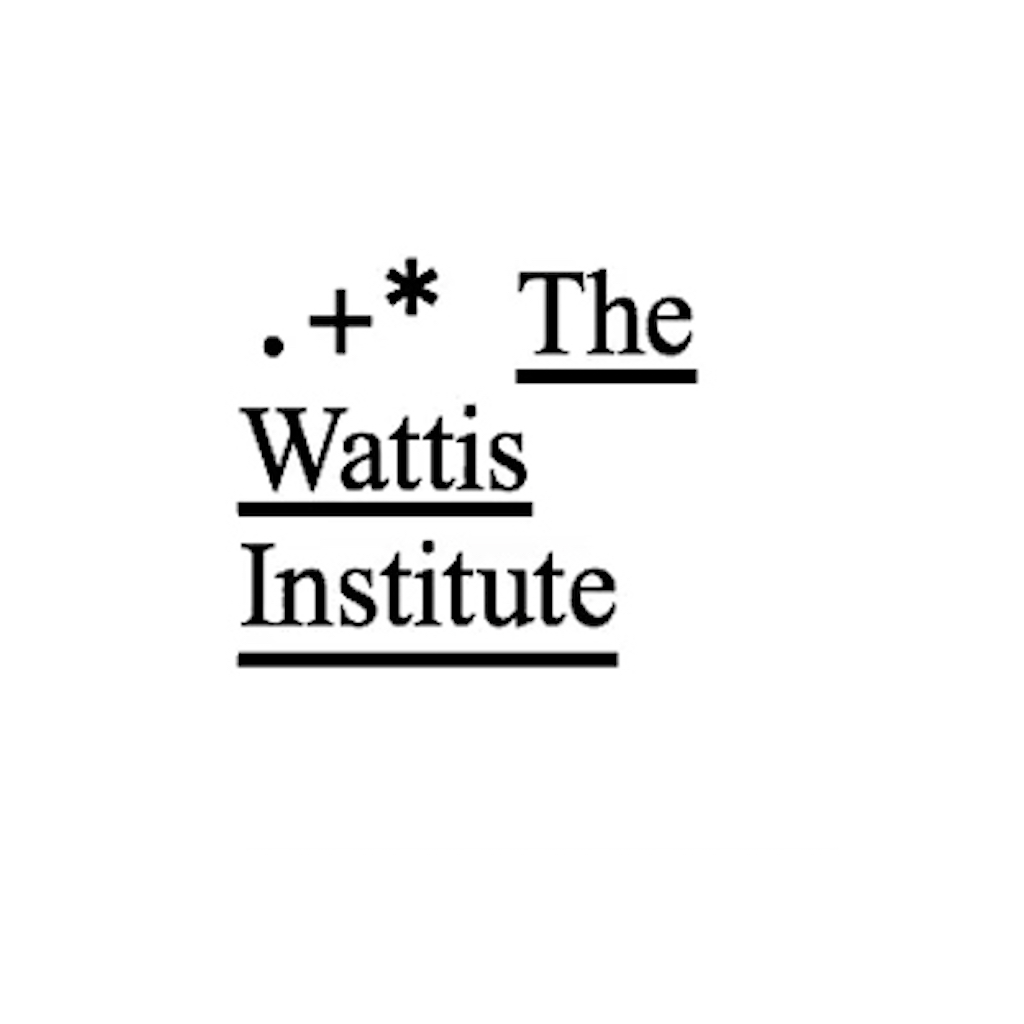
I think “small” is not about square feet, but about a way of thinking, a way of working, and a way of addressing others
In the Netherlands, most people met you through your work at The Artist’s Institute and the article Take Care you wrote. How has your knowledge and opinion on small art spaces informed your work at Wattis?
I’m very much still working in the same way I was at The Artist’s Institute—spending more time with less things. I’ve tried to make the Wattis Institute into a place that thinks big but stays small: we don’t do big group shows but work with one artist at a time; we don’t present big surveys of work but only single or specific bodies of work; we don’t present our events in large auditoriums but in a salon-like bar space; we dedicate an entire year to a single artist as the subject of reflection, research and discussion, which by definition creates a more narrow but a more engaged audience. I find this approach important for many reasons: it underlines an artist-centered mentality and allows for a close and intense relationship to develop between the institution and each artist we work with; it prioritizes and reinforces a particular type of attention, where the audience is asked to reflect on specific artists and specific bodies of work in a more in-depth and sustained way; and it fosters and generates a community bound by a shared set of concerns, who find themselves in a salon-like setting, on a regular basis, for a lecture or for a drink. I think “small” is not about square feet, but about a way of thinking, a way of working, and a way of addressing others.
The Wattis website is, as were the invitations for The Artist’s Institute you send around, very personal, and fun and confusing. You communicate very direct and personal. That seems something you brought from NY to SF.
I think there is not such thing as a neutral or objective “institution,” but that all of us are putting forward various subjective voices. Therefore, that voice should have a specificity to it, it should have a personality, a tone, a color, a temperament. An institution should “sound” like something, or even like someone. The Wattis’s “personality,” I think, is something that is slowly emerging as we develop the program and as we foster an audience, but it’s definitely a place that tries to speak to its audience frankly, in open and plain language, but without simplifying the work we’re presenting into neat or readymade sentences. We don’t send out press releases that talk about “pleased” we are “to present” a show, but we send out short introductions to our exhibitions and events—“prefaces” that don’t seek to explain but to simply give a flavor and spark a curiosity.
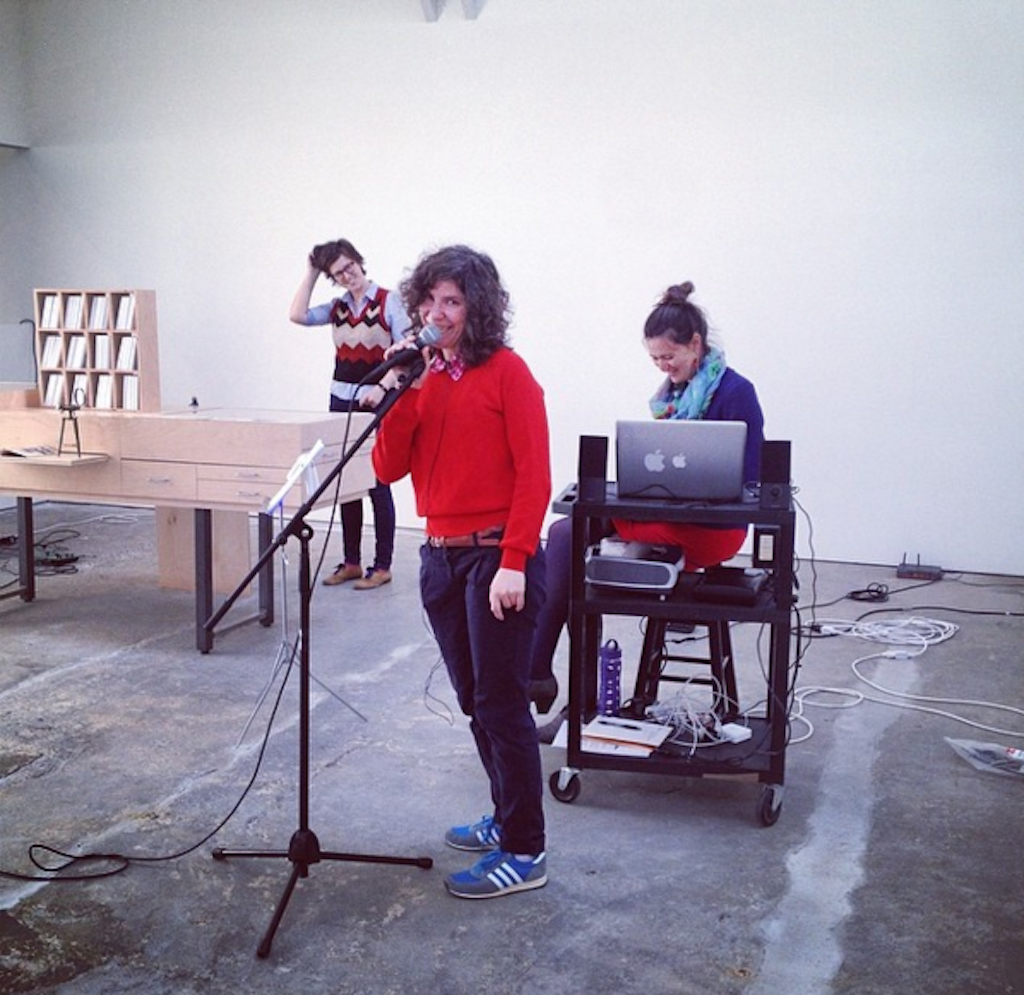
I think there is not such thing as a neutral or objective “institution”. An institution should “sound” like something, or even like someone
Are you planning projects in Europe or working on articles?
I visit Europe often, since I’m from there and my entire family is there! I have been doing some writing as well. I wrote two longer pieces last year: “Pay Attention” was published in Frieze, and addresses these ideas about attention and how institutions can narrow the scope of their program to less things but pay closer attention to them; and “Raid the Icebox I with Andy Warhol,” published as part of Mousse’s “The Artist as Curator” series, was about a show Andy Warhol curated at RISD in 1969. I also recently finished an essay about Joan Jonas for the book the Wattis is publishing later this year, and another about Laura Owens for the Guggenheim’s Huge Boss Prize catalogue. I am currently working on a catalogue essay about the artist Michael E. Smith for a European museum show, an essay for SFMOMA’s OpenSpace platform, and an essay for Pied-à-Terre, an artist-run space. Some plans for projects in Europe are also underway.
Info website
Maaike Lauwaert


